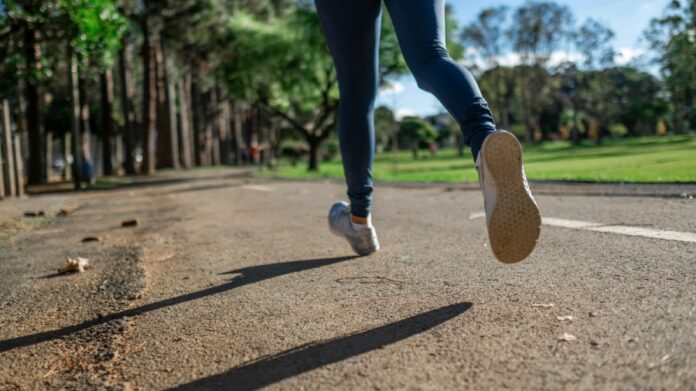As temperatures soar during the summer months, outdoor exercise can become both challenging and risky. However, with the right precautions, you can safely enjoy your workouts under the sun.
Here are essential tips to help you stay healthy and hydrated while keeping your summer fitness routine on track.
Protective Summer Workout Tips
Hydrate roactively: Hydration should be your top priority. It’s crucial to drink water before you feel thirsty, especially in high temperatures. Start hydrating at least two hours before you exercise by drinking at least 16 ounces of water. Keep sipping regularly during the workout, and don’t forget to replenish fluids once you’re done.
Choose cooler times: Opt to exercise during the cooler parts of the day. Early mornings or late evenings are ideal as the sun’s intensity is lower. Avoid midday workouts when the sun is at its peak, which typically is between 10 a.m. and 4 p.m.
Wear appropriate clothing: Select lightweight, breathable, and light-colored workout clothes. These fabrics help facilitate sweat evaporation and reflect rather than absorb the sun’s rays. Also, a wide-brimmed hat and sunglasses can protect your face and eyes from harmful UV rays.
Use sunscreen: Apply a broad-spectrum sunscreen with an SPF of at least 30. Make sure it is sweat-resistant and reapply every two hours, or more often if you are sweating heavily.
Acclimate your body: If you’re used to indoor workouts, gradually acclimate your body to outdoor conditions by starting with shorter sessions. Gradually increase your workout time outside as your body adjusts to the heat.
Listen to your body: Be mindful of the signs of heat exhaustion, which include dizziness, nausea, headache, and extreme fatigue. If you experience any of these symptoms, stop exercising immediately, seek shade, and hydrate.
Plan your route: Choose shaded paths or parks for your workouts. Asphalt and concrete can radiate heat and amplify the effects of high temperatures.
By following these safety tips, you can make your summer workouts both enjoyable and safe. Remember, preparing and listening to your body is the key to avoiding heat-related illnesses.


